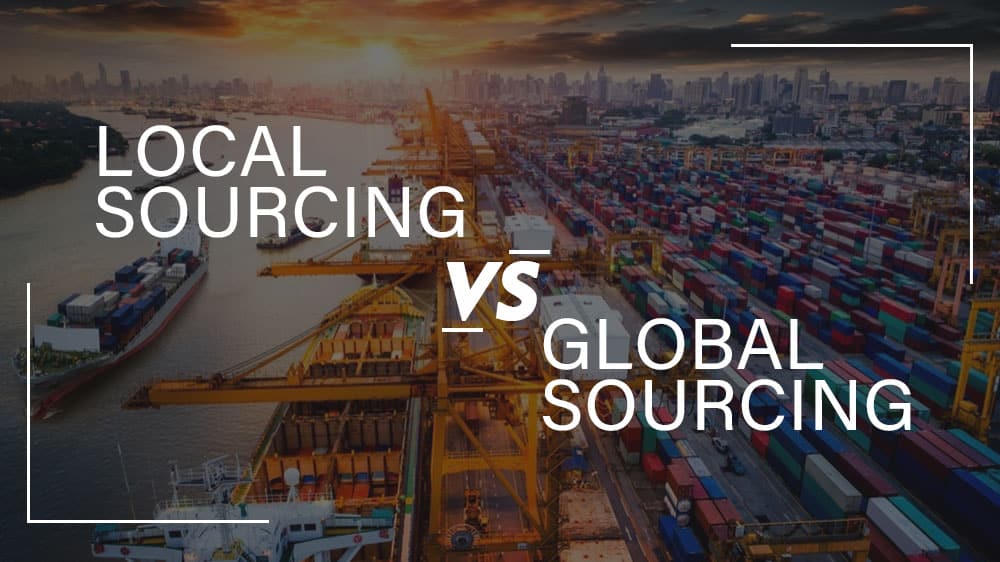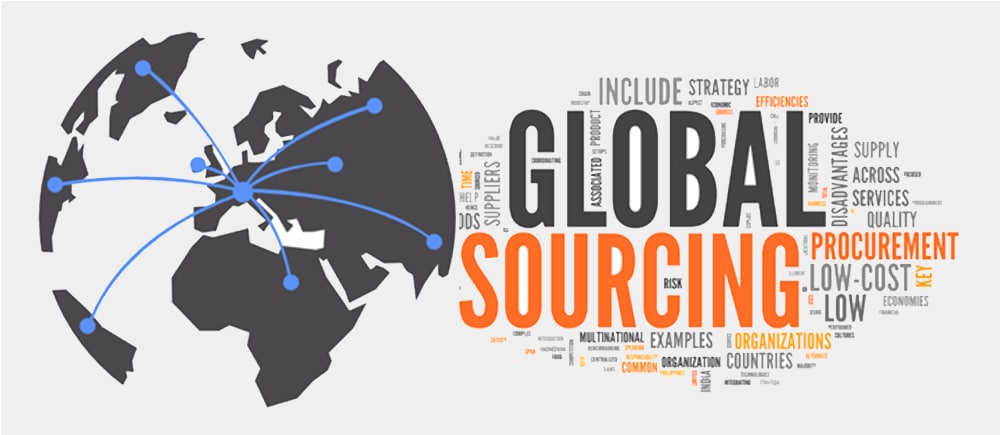
In today’s highly competitive business environment, the way companies source materials, products, and services can significantly impact their overall success.
Choosing the right sourcing strategy is essential for achieving cost efficiency, high-quality products, and a robust supply chain.
In this article, we will explore the pros and cons of local sourcing and global sourcing, and provide insights to help you decide which strategy is best for your business.
What Is Local Sourcing?
Definition and Overview
Local sourcing refers to the practice of procuring goods and services from suppliers within a specific geographical region or country.

This approach often involves working with nearby manufacturers, distributors, and service providers to satisfy a company’s needs.
Pros of Local Sourcing
1. Faster Delivery Times
One of the main advantages of local sourcing is shorter delivery times.
Since the suppliers are geographically closer, transportation times are significantly reduced, which can lead to faster order fulfillment.
2. Lower Transportation Costs
Reduced transportation distances also translate to lower transportation costs.
This can be especially beneficial for businesses that deal with bulky or perishable items, where transportation costs can have a significant impact on the overall cost of goods.
3. Easier Communication
Local sourcing often involves working with suppliers who share the same language and time zone, which can simplify communication and minimize misunderstandings.
4. Supporting Local Economy
By choosing local suppliers, businesses can contribute to the economic growth and sustainability of their local communities, fostering stronger relationships and promoting social responsibility.
Cons of Local Sourcing

1. Limited Choices
Local sourcing may limit the number of potential suppliers available to a company, which can result in fewer options for materials, products, or services.
2. Higher Costs
Due to factors like higher labor costs or limited economies of scale, local suppliers may charge higher prices compared to global suppliers.
This can lead to increased production costs for businesses relying on local sourcing.
3. Potential Skill Gaps
In some cases, local suppliers may lack the specific expertise or technology required for a company’s needs, which can result in lower-quality products or services.
What Is Global Sourcing?
Definition and Overview
Global sourcing involves procuring goods and services from suppliers located in different countries or regions around the world.

This approach allows businesses to take advantage of a diverse range of suppliers and tap into the global market for their sourcing needs.
Pros of Global Sourcing
1. Access to Diverse Suppliers
One of the primary benefits of global sourcing is access to a wider variety of suppliers.
This can provide businesses with more choices and flexibility when it comes to selecting materials, products, or services.
2. Cost Savings
Global sourcing can lead to cost savings due to lower labor costs, favorable exchange rates, or more efficient production processes in certain countries.
These savings can help businesses reduce their overall expenses and remain competitive.
3. Global Expertise
Sourcing from international suppliers can provide access to specialized knowledge, technology, and expertise that may not be available locally.
This can result in higher-quality products or services and enhanced innovation.
4. Increased Market Reach
Global sourcing can expose a business to new markets and opportunities for expansion.
By working with suppliers in different countries, companies can gain valuable insights into foreign markets and potentially uncover new revenue streams.
Cons of Global Sourcing

1. Longer Lead Times
One of the main drawbacks of global sourcing is the increased lead times for delivery.
Due to the longer distances involved, transportation times are typically longer than with local sourcing.
2. Supply Chain Disruptions
Global sourcing can expose businesses to risks such as political instability, natural disasters, or trade disputes, which can disrupt the supply chain and cause delays or cost overruns.
3. Communication Challenges
Working with suppliers from different countries may involve language barriers, cultural differences, and different time zones, which can create communication challenges and misunderstandings.
4. Cultural Differences
Cultural differences can impact business practices, negotiation styles, and quality expectations.
Companies engaging in global sourcing must be prepared to navigate these differences to ensure successful partnerships.
Factors to Consider When Choosing a Sourcing Strategy

1. Industry and Market Trends
Understanding the trends in your industry and market can help you determine whether local or global sourcing is more suitable for your business.
2. Costs and Quality
Consider the costs and quality associated with both local and global sourcing, and weigh the trade-offs between cost savings and potential quality issues.
3. Geographic Location and Logistics
Evaluate the transportation and logistics involved in both sourcing strategies, and consider factors like delivery times, transportation costs, and supply chain risks.
4. Environmental and Social Impact
Consider the environmental and social implications of your sourcing decisions, including carbon emissions from transportation, labor practices, and community impact.
5. Risk Management and Business Continuity
Assess the risks associated with both sourcing strategies and establish contingency plans to ensure business continuity in the face of unforeseen disruptions.
Finding the Right Balance: Hybrid Sourcing

1. Benefits of a Hybrid Approach
A hybrid sourcing strategy combines the best of both local and global sourcing, allowing businesses to capitalize on the advantages of each approach while mitigating their respective drawbacks.
2. Implementing a Hybrid Sourcing Strategy
To implement a hybrid sourcing strategy, businesses can work with a mix of local and global suppliers, strategically selecting the best sources for different products or services based on factors like cost, quality, and risk.
Conclusion
Choosing between local sourcing and global sourcing is not a one-size-fits-all decision. Businesses must carefully weigh the pros and cons of each approach and consider factors like cost, quality, risk, and environmental impact.
A hybrid sourcing strategy may offer the best of both worlds, providing the flexibility to capitalize on the unique advantages of local and global suppliers.
We are Yansourcing, a leading sourcing company in China, dedicated to helping our clients source products from China at the most competitive prices. If you are interested in importing from China, please feel free to contact us.
FAQs
1. What is the main difference between local and global sourcing?
Local sourcing refers to procuring goods and services from suppliers within a specific region or country, while global sourcing involves sourcing from suppliers in different countries or regions around the world.
2. What are the advantages of local sourcing?
Some advantages of local sourcing include faster delivery times, lower transportation costs, easier communication, and supporting the local economy.
3. What are the disadvantages of global sourcing?
Some disadvantages of global sourcing include longer lead times, potential supply chain disruptions, communication challenges, and cultural differences.
4. How can a hybrid sourcing strategy benefit businesses?
A hybrid sourcing strategy combines the advantages of both local and global sourcing, allowing businesses to access diverse suppliers, achieve cost savings, and maintain flexibility in their supply chain.
5. What factors should businesses consider when choosing a sourcing strategy?
Businesses should consider factors such as industry and market trends, costs and quality, geographic location and logistics, environmental and social impact, and risk management and business continuity when choosing a sourcing strategy.
